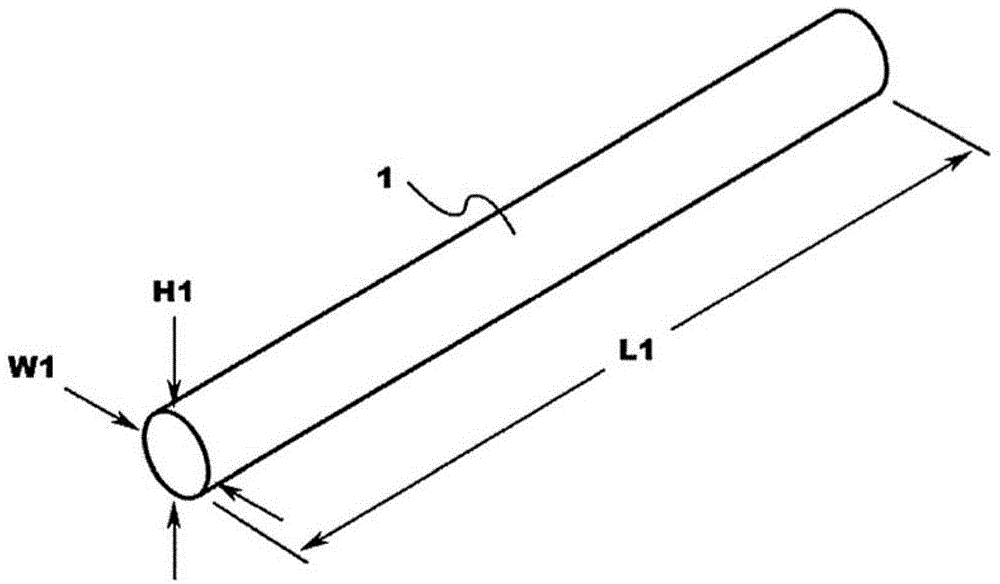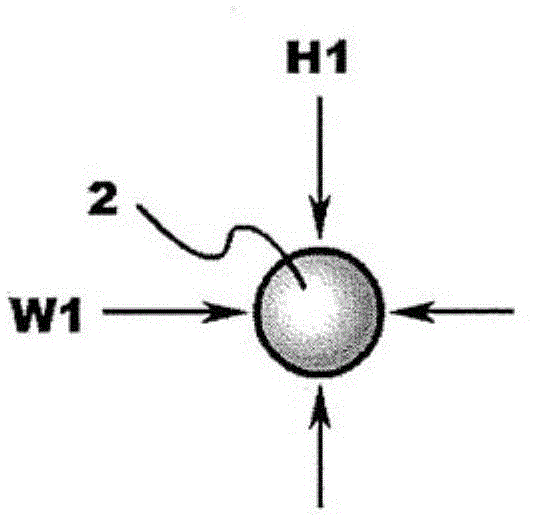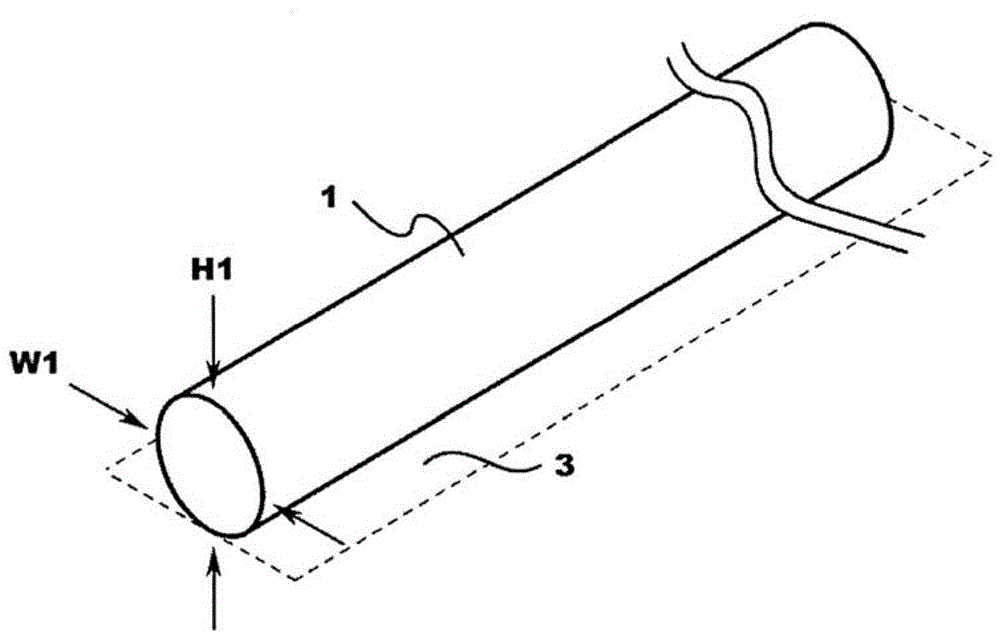Engineered leather and methods of manufacture thereof
一种皮革、工程的技术,应用在工程的皮革和其制造领域,能够解决缺乏天然皮革质量、耐久性和声望、没有开发出科学上合理天然皮革等问题
- Summary
- Abstract
- Description
- Claims
- Application Information
AI Technical Summary
Problems solved by technology
Method used
Image
Examples
Embodiment 1
[0173] Embodiment 1 - preparation of support substrate
[0174] To prepare a 2% agarose solution, 2 g of ultrapure low melting point (LMP) agarose was dissolved in 100 mL of ultrapure water / buffer (1:1, v / v). The buffer is optionally PBS (Dulbecco's Phosphate Buffered Saline lx) or HBSS (Hanks Balanced Salt Solution lx). The agarose solution was placed in a beaker with warm water (over 80°C) and placed on a hot plate until the agarose was completely dissolved. As long as the temperature exceeds 36°C, the agarose solution remains liquid. Below 36°C, a phase transition occurs, viscosity increases and eventually the agarose forms a gel.
[0175] To prepare the agarose support substrate, 10 mL of liquid 2% agarose (temperature >40° C.) was placed in a 10 cm diameter petri dish and spread evenly to form a consistent layer. Agarose was allowed to form a gel in a refrigerator at 4 °C.
Embodiment 2
[0176] Example 2 - Culture of bovine keratinocytes, fibroblasts and epithelial cells
[0177] Fresh isolated bovine keratinocytes, fibroblasts and epithelial cells were grown in low glucose DMEM with 10% calf serum (Hyclone Laboratories, UT), 10% porcine serum (Invitrogen) , L-Vitamin C, Copper Sulfate, HEPES, L-Proline, L-Alanine, L-Glycine, and Penicillin G (all aforementioned supplements from Sigma, St.Louis, MO purchase). Cell lines were cultured on Petri dishes (Techno Plastic Products, St. Louis, MO) coated with less than 0.5% gelatin (porcine skin gelatin; Sigma) and maintained at 37°C in the presence of 5% CO. 2 in the humid air. Keratinocytes were cultured again to passage 7 before being used to form multicellular bodies.
Embodiment 3
[0178] Example 3 - Preparation of multicellular spheroids and cylinders
[0179] Cell cultures were washed twice with phosphate-buffered saline (PBS, Invitrogen), treated with 0.1% insulin (Invitrogen) for 10 minutes, and then centrifuged at 1500 RPM for 5 minutes. Cells were resuspended in 4 mL of cell-type specific media and then incubated at 37 °C with 5% CO 2 Incubate in a 10 Ml tissue culture flask of a 100 ml tissue culture flask and continue for 1 hour on a rotary shaker (New Brunswick Scientific, Edison, NJ) for adhesion recovery, and centrifuge at 3500 RPM. The resulting pellet was transferred to a 300 μm (Sutter Instrument, CA) or 500 μm (Drummond Scientific Company, Broomall, PA) diameter capillary micropipette at 37°C with 5% CO 2 Incubate for 15 minutes. For spherical multicellular bodies, extruded cylinders were cut into equal pieces, which were collected overnight on a rotary shaker. Depending on the diameter of the micropipette, this step provides conventi...
PUM
 Login to View More
Login to View More Abstract
Description
Claims
Application Information
 Login to View More
Login to View More - R&D
- Intellectual Property
- Life Sciences
- Materials
- Tech Scout
- Unparalleled Data Quality
- Higher Quality Content
- 60% Fewer Hallucinations
Browse by: Latest US Patents, China's latest patents, Technical Efficacy Thesaurus, Application Domain, Technology Topic, Popular Technical Reports.
© 2025 PatSnap. All rights reserved.Legal|Privacy policy|Modern Slavery Act Transparency Statement|Sitemap|About US| Contact US: help@patsnap.com



